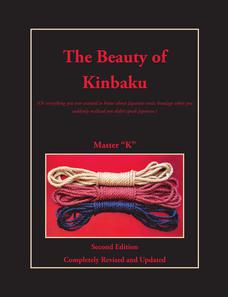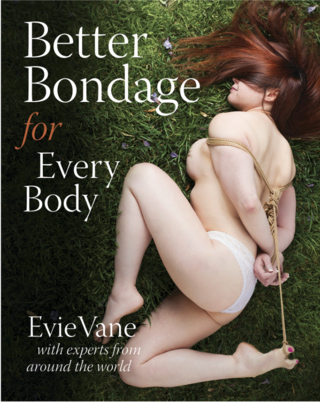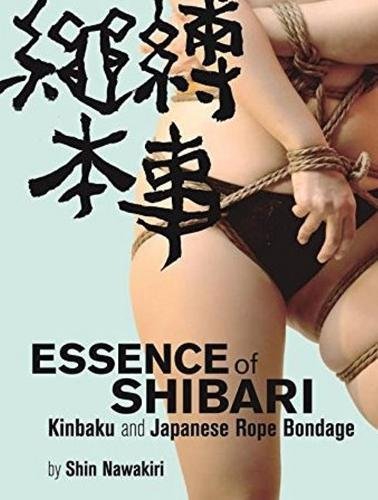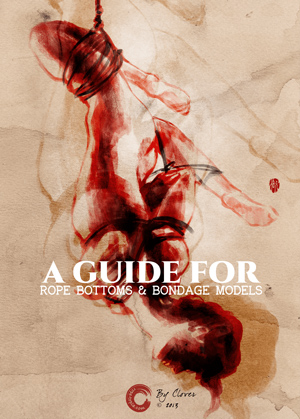Bookworms unite! I’ve been fortunate enough to come across a number of great books by Shibari practitioners, medical practitioners, and combinations of the two that help with my rope studies. I’ve listed down the ones I’ve enjoyed below for your reference. I hope you enjoy them too!
References & Recommendations
- Free
- E-Book, Physical Book
In Georg Barkas’ “Archaeology of Personalities”, the author tries to fill the gap of a philosophical interpretation of erotic rope bondage. Starting from the vague perspective of bondage as some kind of communication, the study develops step by step a broad basis for an understanding of the power structures with a specific communication discourse.
- Paid
- Physical Book
Widely regarded by both shibari lovers and Japanese masters as the definitive guide on the origin and history of Shibari, Master K’s book is a must-read for enthusiasts everywhere.
- Paid
- E-Book, Physical Book
EvieVane’s book brings insights from various rope bondage experts (some of whom are also medical professionals) on topics like pain processing, anatomy, and rope relationships—plus a stretching warmup specifically for rope bondage!
- Paid
- E-Book, Physical Book
Shin Nawakiri’s book has a talks about the origin of Japanese rope bondage and is a great actionable read that lives up to the title’s promise: revealing the essence of Shibari.
This read offers insights on not just the physical or technical side of Shibari but the mental and emotional sides as well—very important aspects that most newbie practitioners tend to miss when first smitten by the art’s intricate techniques.
- Paid
- Physical Book
Gestalta: This detailed reference book of fundamental suspension techniques will help you understand both the ties and the body that is tied. Its easy-to-use structure encourages you to think creatively and adapt everything to your own needs. It emphasises learning for both riggers and models by explaining rope from both perspectives.
- Free
- E-Book
Highly Recommended: Don’t let the name fool you: Clover’s guide is one of the best introductory readings for both tops and bottoms as it covers important topics like how to screen for responsible riggers, prevent nerve injuries, understand the different risks per tie, and more!








